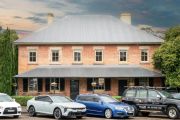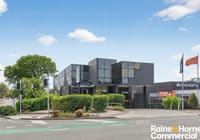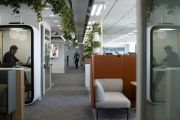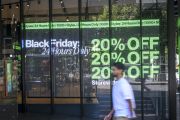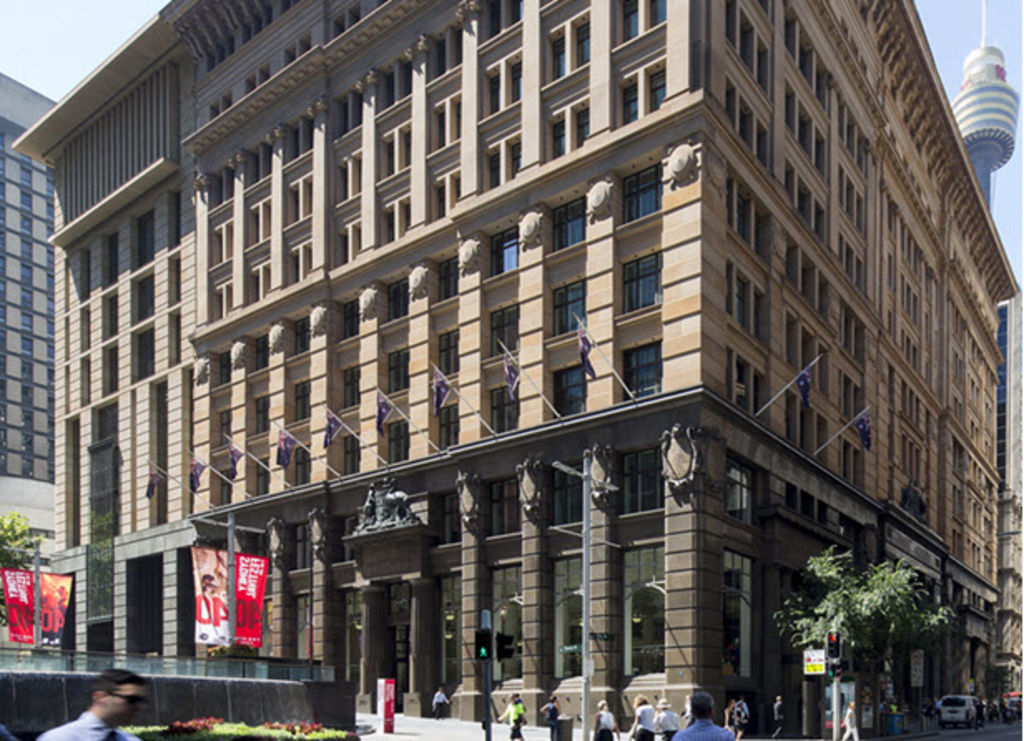
Sydney office shortage reaches chronic levels
Vacancy in Sydney’s office market has risen but likely to be reversed as an acute shortage of space is created by the Sydney Metro development along with residential and hotel conversions.
Despite large amounts of additions particularly in premium and A-grade spaces in 2016 – more than 126,000 square metres – the Sydney market is heading towards an all-time low of below 3.5 per cent, Savills national head office leasing, Rob Dickins, said.
“We are seeing continued growth in demand, there is no new supply … and that means the downward vacancy trend must continue,” he said.
So chronic is the shortage of B-grade space that gross annual rents in the CBD are now about $1000 a square metre.
In comparison, A-grade stock in North Sydney, just 3 kilometres over the Harbour Bridge, is commanding $825 a square metre.
B-grade core rents for spaces up to 500 square metres have had double-digit growth in 2016, while incentive levels have dropped to about 12 to 15 per cent, Colliers International’s national director Cameron Williams said.
“The premium core CBD market responded to the demand by subdividing floors and in some buildings by providing speculative fit outs. Competition for small, well-located core secondary tenancies sub 500 square metres and gross annual rents of sub $1000 a square metre is intense,” Mr Williams said.
Property Council of Australia’s NSW executive director Jane Fitzgerald said the overall rise in vacancy to 6.2 per cent from 5.6 per cent was a concern.
A difference in methodology where the PCA office report captures physical office vacancies while agencies measure leases signed has led to the higher vacancy number.
Tight conditions
“Sydney’s office market continues to have the lowest vacancy rate of all capital cities yet it is concerning that demand for space has fallen over the past six months.
“Sydney’s CBD saw vacancy rates increase in four of the five grades with D-grade office space the only exception.”
In A-grade areas like Barangaroo commitments are expected to fall into place in the first half of this year, in favour of landlords.
Bigger tenants seeking 5000 square metres of contiguous space in 2017 have fewer than 10 assets to choose from, CBRE senior director Jenine Cranston said.
The tight conditions are not expected to ease in 2017 and will be made worse by strong demand, particularly from the finance and technology sectors. Both WeWork and LinkedIn have scored prime Martin Place addresses in the CBD.
Even smaller organisations show preference for CBD locations over suburban ones. “Drivers of centralisation revolve around access to public transport, availability of high-quality office space and a desire to effect organisational change through access to a different or larger talent pool,” JLL’s head of office leasing NSW, Daniel Kernaghan, said.
But many businesses would be expected to continue to migrate to non-CBD business areas of South Sydney, Parramatta, the Western CBD corridor and North Sydney, Knight Frank’s head of leasing, David Howson, said.
